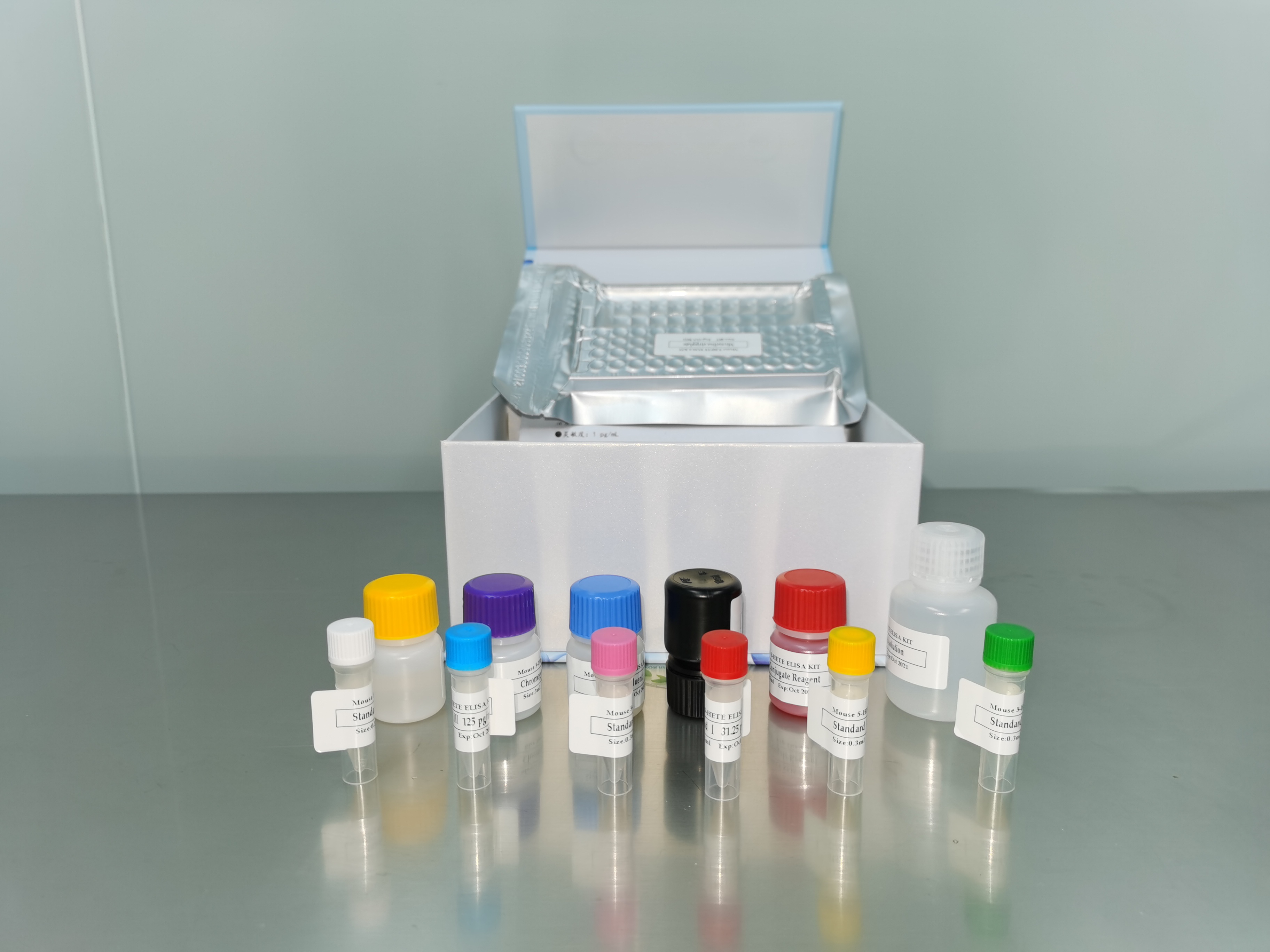
| 产品名称: | Encephalitozoon intestinalis (Cali et al.) Hartskeerl et al. |
|---|---|
| 商品货号: | TS142582 |
| Strain Designations: | CDC:V297 |
| Application: | Enteric Research Food and waterborne pathogen research Opportunistic pathogen research |
| Biosafety Level: | 2
Biosafety classification is based on U.S. Public Health Service Guidelines, it is the responsibility of the customer to ensure that their facilities comply with biosafety regulations for their own country. |
| Isolation: | Clinical isolate from 26-year-old man with AIDS, California, 1993 |
| Product Format: | frozen |
| Storage Conditions: | Frozen Cultures: -70°C for 1 week; liquid N2 vapor for long term storage Freeze-dried Cultures: 2-8°C Live Cultures: See Protocols section for handling information |
| Type Strain: | no |
| Comments: | flow cytometric analysis detection of drug-induced effects in infected green monkey kidney cells Western blot and immunofluorescence analysis Control strain for enterocytozoan identification characterization |
| Growth Conditions: | Temperature: 35°C
Cell Line: ATCC® CCL-26™ (kidney, African green monkey) |
| Cryopreservation: | Harvest and Preservation
|
| Name of Depositor: | GS Visvesvara |
| Special Collection: | NCRR Contract |
| Year of Origin: | 1993 |
| References: | Gatti S, et al. Extraintestinal microsporidiosis in AIDS patients: clinical features and advanced protocols for diagnosis and characterization of the isolates. J. Eukaryot. Microbiol. 44: 79S, 1997. PubMed: 9508459 Croppo GP, et al. Western blot and immunofluorescence analysis of a human isolate of Encephalitozoon cuniculi established in culture from the urine of a patient with AIDS. J. Parasitol. 83: 66-69, 1997. PubMed: 9057698 Moss DM, et al. Flow cytometric analysis of microsporidia belonging to the genus Encephalitozoon. J. Clin. Microbiol. 37: 371-375, 1999. PubMed: 9889221 Moura H, et al. Detection by an immunofluorescence test of Encephalitozoon intestinalis spores in routinely formalin-fixed stool samples stored at room temperature. J. Clin. Microbiol. 37: 2317-2322, 1999. PubMed: 10364604 del Aguila C, et al. Identification of Enterocytozoon bieneusi spores in respiratory samples from an AIDS patient with a 2-year history of intestinal microsporidiosis. J. Clin. Microbiol. 35: 1862-1866, 1997. PubMed: 9196210 Croppo GP, et al. Identification of the microsporidian Encephalitozoon hellem using immunoglobulin G monoclonal antibodies. Arch. Pathol. Lab. Med. 122: 182-186, 1998. PubMed: 9499364 del Aguila C, et al. Ultrastructure, immunofluorescence, western blot, and PCR analysis of eight isolates of Encephalitozoon (Septata) intestinalis established in culture from sputum and urine samples and duodenal aspirates of five patients with AIDS. J. Clin. Microbiol. 36: 1201-1208, 1998. PubMed: 9574677 Bornay-Llinares FJ, et al. Immunologic, microscopic, and molecular evidence of Encephalitozoon intestinalis (Septata intestinalis) infection in mammals other than humans. J. Infect. Dis. 178: 820-826, 1998. PubMed: 9728552 Scaglia M, et al. Asymptomatic respiratory tract microsporidiosis due to Encephalitozoon hellem in three patients with AIDS. Clin. Infect. Dis. 26: 174-176, 1998. PubMed: 9455527 Leitch GJ, et al. Use of fluorescent probe to assess the activities of candidate agents against intracellular forms of Encephalitozoon microsporidia. Antimicrob. Agents Chemother. 41: 337-344, 1997. PubMed: 9021189 He Q, et al. Effects of nifedipine, metronidazole, and nitric oxide donors on spore germination and cell culture infection of the microsporidia Encephalitozoon hellem and Encephalitozoon intestinalis. Antimicrob. Agents Chemother. 40: 179-185, 1996. PubMed: 8787902 Da Silva AJ, et al. Detection of Septata intestinalis (Microsporidia) Cali et al. 1993 using polymerase chain reaction primers targeting the small subunit ribosomal RNA coding region. Mol. Diagn. 2: 47-52, 1997. del Aguila C, et al. In vitro culture, ultrastructure, antigenic, and molecular characterization of Encephalitozoon cuniculi isolated from urine and sputum samples from a Spanish patient with AIDS. J. Clin. Microbiol. 39: 1105-1108, 2001. PubMed: 11230434 Sobottka I, et al. Disseminated Encephalitozoon (Septata) intestinalis infection in a patient with AIDS: novel diagnostic approaches and autopsy-confirmed parasitological cure following treatment with albendazole. J. Clin. Microbiol. 33: 2948-2952, 1995. PubMed: 8576351 Molestina R, Becnel JJ, Weiss LM. Culture and Propagation of Microsporidia. In Microsporidia: Pathogens of Opportunity, First Edition, Chapter 18: pp. 457-467, 2014. Hoboken, NJ: John Wiley & Sons, Inc. |

